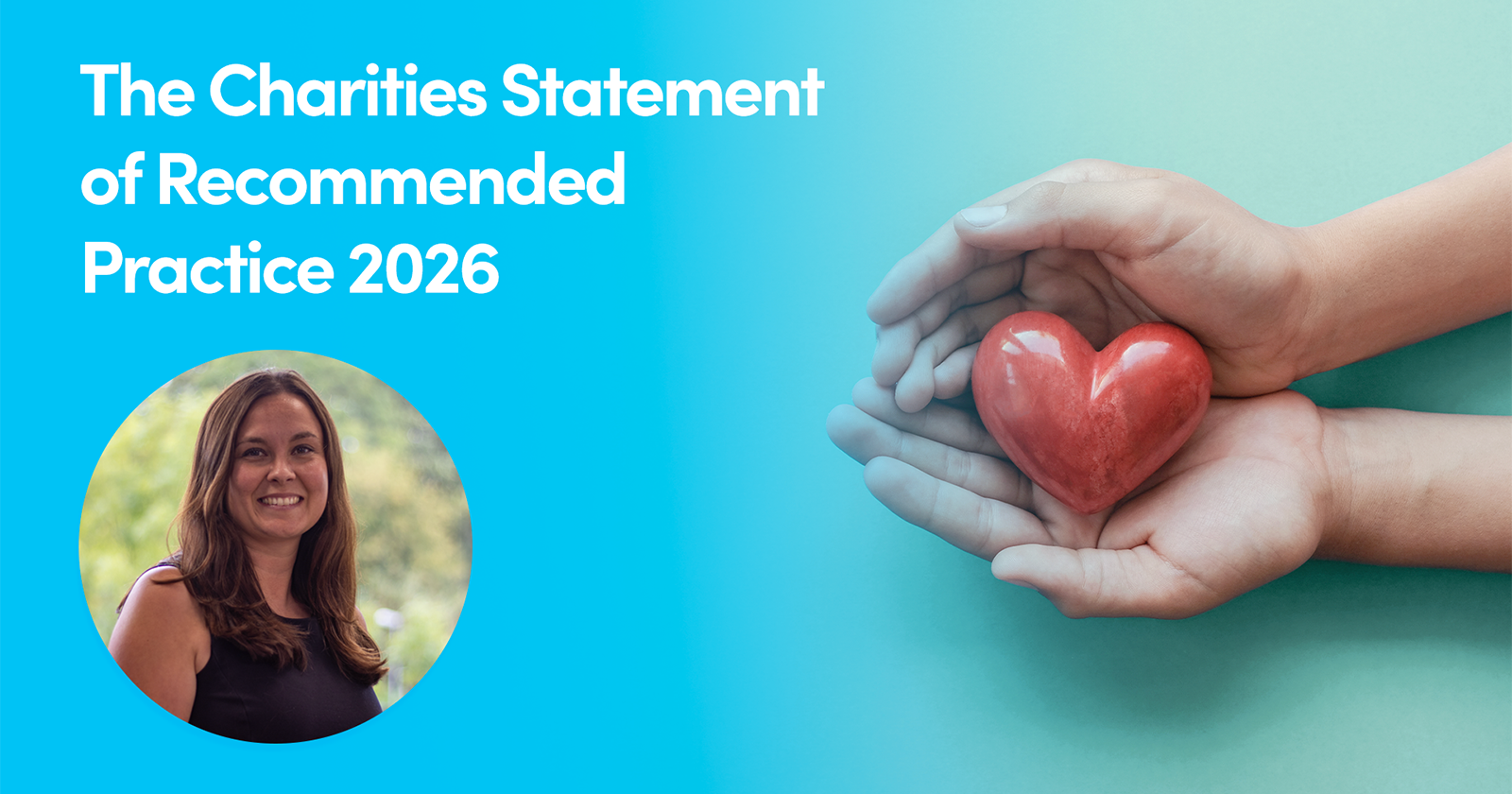
The exposure draft of the 2026 Charities Statement of Recommended Practice (SORP) is now available and offers more clarity on the impact of the upcoming changes.
The 2026 SORP has been aligned with the latest changes to Financial Reporting Standard (FRS) 102, ensuring that charity accounting standards remain in line with broader UK accounting rules.
The new SORP has a focus on enhancing transparency, consistency, and financial clarity.
With an implementation date of 1 January 2026, charities are advised to start preparing for the transition now.
Firstly, let’s consider the key proposed changes.
Tiered Reporting
It is proposed to introduce a tiered reporting structure in which different disclosure requirements apply for each tier. This is to ensure that the financial reporting burden is proportionate to the size and complexity of the charity
Currently the 3 proposed tiers are set to be based on the following income levels:
- Tier 1 < £500k
- Tier 2 < £15m
- Tier 3 > £15m
These tiers may give respite for smaller charities. For example, it is proposed that the cash flow statement will only be required for those falling into tier 3 (income greater than £15m).
Although the SORP will offer reduced reporting requirements for smaller charities, it clearly encourages charities to provide additional information and disclosures from higher tiers where these would be relevant to the users of the charity accounts.
Charitable Companies will also need to be careful when considering which tier they fall in. The definition of small within the Companies Act is not solely based upon income, it includes assets and employee criteria therefore, Charitable Companies also need to consider Companies Act disclosure requirements.
Trustees’ Annual Report
There are significant proposed changes to the content in the trustees’ annual report. Again, the requirements differ depending on which tier your charity falls in.
The key areas updated include changes to:
- Impact reporting
- Sustainability reporting
- Volunteers – quantify and describe the contribution of volunteers
- Reserves reporting
- Plans for future
Lease accounting
The distinction between operating and finance leases is being removed. The result of this change will bring more lease liabilities onto the balance sheet, with a corresponding right of use asset.
For some Charities this will substantially change the balance sheet. Charities will need to consider early if these changes increase the balance sheet value above the asset threshold for audit and the potential effect on metrics which may be part of bank covenants.
Where there are peppercorn and below market rate rents, these also need to be considered. The draft SORP gives guidance around the potential need to include a donation along with a right of use asset and lease liability.
Income recognition
Income in the SORP is now more clearly categorised as exchange or non-exchange transactions with reporting dependent on categorisation.
Income from exchange transactions, which would include contracts for services and some performance related grants, must follow the 5 step income recognition criteria as defined in FRS 102. This includes identifying performance obligations and recognising income as these are fulfilled.
The impact of these changes could alter the period in which revenue is recognised. For example, service contracts or multi-year funding agreements may need to be spread over the delivery period.
Natural Statement of Financial Activities (SOFA)
For the smallest charities falling within tier 1, there is more detailed guidance on how to prepare a natural SOFA. This offers simplification and potentially could help with providing more user-friendly financial statements.
Key things to do now
- Finance teams should familiarise themselves with the upcoming changes. Speak to your auditors/examiners early to consider the impact.
- Review and gather information on your Charity’s existing lease agreements including those below market rent.
- Consider the impact on your balance sheet totals for the audit threshold.
- Review any bank covenants in place based on the new balance sheet metrics.
- Review your income streams to identify those with performance conditions.
- Consider the increased Trustees’ Annual Report disclosure requirements. Does your charity readily hold the information required in order to report on these? Or will new systems and processes be needed to collect this information.
- When completing your current year’s accounts consider disclosing in the Trustees’ Annual Report the expected impact of the coming changes.
The publication of the final version of the revised SORP is expected in autumn 2025, with implementation to affect accounting periods starting on or after 1 January 2026. This gives the first full accounting period affected as the year ending 31 December 2026, and comparative information to be considered at 1 January 2025.
The Charity SORP committee currently has an open consultation (see link below). If you would like to add your views, this remains open until midday on 20 June 2025.
https://www.charitysorp.org/invitation-to-comment
We will be releasing more detailed information later in the year with guidance on implementation along with training sessions and seminars. If you would like to join our mailing list to receive updates on this and other Charity-related topics, please sign up here: Link
For more information, contact Sarah Twist, Head of Charities.


